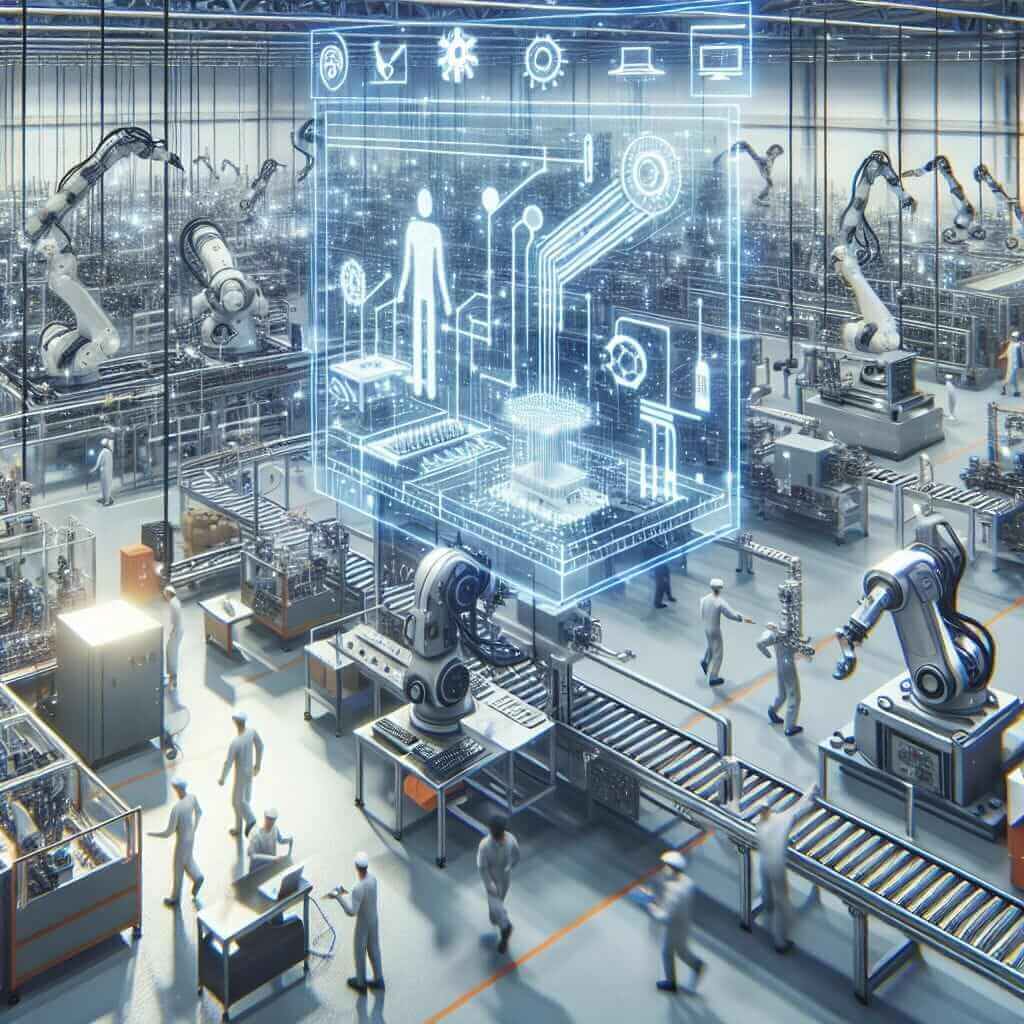The impact of digital technology on traditional industries has been a frequent topic in recent IELTS exams. Understanding this subject can not only enhance your knowledge but also improve your performance in the IELTS Writing Task 2. In this article, we will explore this topic in detail, providing you with a comprehensive sample essay, useful vocabulary, and essential writing tips.
Sample IELTS Task 2 Prompts
- “The development of digital technology has significantly affected traditional industries. To what extent do you agree or disagree?”
- “Digital technology has brought numerous changes to traditional industries. Discuss the positive and negative impacts of these changes.”
- “The transformation of traditional industries through digital technology has both advantages and disadvantages. Discuss both views and give your opinion.”
Choosing a Prompt and Creating a Sample Essay
We will choose the first prompt for our detailed analysis and essay writing:
Prompt: “The development of digital technology has significantly affected traditional industries. To what extent do you agree or disagree?”
Understanding the Prompt
- Topic: The influence of digital technology on traditional industries.
- Task: Agree or disagree to what extent with the statement.
- Keywords: Development, digital technology, traditional industries, affected, agree/disagree.
Writing the Essay
Introduction
Introduce the topic by paraphrasing the question and stating your thesis. This sets up your argument and provides a roadmap for your essay.
Example:
Digital technology has seen exponential growth and has exerted a profound impact on traditional industries. While some argue that these advancements have only brought about positive changes, I believe that the effects are multifaceted, bringing both opportunities and challenges to traditional sectors.
Body Paragraph 1: Positive Impacts
Explore the positive impacts of digital technology on traditional industries.
Example:
Digital technology has revolutionized traditional industries by enhancing efficiency and reducing costs. For example, in the manufacturing sector, the adoption of automation and advanced machinery has streamlined production processes, leading to increased output and reduced human error. Furthermore, digital marketing strategies have enabled traditional businesses to reach a global audience, thereby increasing their market presence and boosting sales.

Body Paragraph 2: Negative Impacts
Discuss the negative effects brought by digital technology on traditional industries.
Example:
Despite these benefits, digital technology has also led to significant challenges for traditional industries. One major concern is job displacement due to automation. Workers in industries such as manufacturing and retail have faced unemployment as machines and digital systems replace manual labor. Moreover, small businesses often struggle to keep up with the rapid pace of technological advancements, leading to a competitive disadvantage against larger, tech-savvy corporations.
Conclusion
Summarize the main points and restate your opinion, reflecting on the overall impact of digital technology on traditional industries.
Example:
In conclusion, while digital technology has undeniably improved efficiency and expanded market reach for traditional industries, it has also introduced challenges such as job displacement and increased competition. Therefore, it is essential for traditional industries to adapt to these changes by integrating technology while also addressing its adverse effects. I believe that the key lies in finding a balance that maximizes the benefits while mitigating the drawbacks.
(Word Count: 267)
Key Writing Considerations
- Task Response: Ensure your essay directly answers the prompt, providing a balanced discussion if necessary.
- Coherence and Cohesion: Arrange your ideas logically, using linking words to guide the reader.
- Lexical Resource: Use a range of vocabulary specific to the topic, avoiding repetition.
- Grammatical Range and Accuracy: Employ complex sentences and a variety of grammatical structures accurately.
Vocabulary to Remember
- Exponential (adj) /ˌek.spəˈnen.ʃəl/: Increasing at a rapidly growing rate.
- Streamline (verb) /ˈstriːm.laɪn/: To improve the efficiency of a process.
- Automation (noun) /ˌɔː.təˈmeɪ.ʃən/: The use of technology to operate machinery and processes with minimal human intervention.
- Displacement (noun) /dɪs.pleɪs.mənt/: The removal or loss of something from its usual place.
- Adapt (verb) /əˈdæpt/: To adjust or modify to fit new conditions.
Conclusion
The interaction between digital technology and traditional industries is a rich topic with numerous facets to explore. By understanding the potential questions and structuring your essay effectively, you can excel in the IELTS Writing Task 2 exam. Remember to practice writing essays on similar topics to enhance your skills and boost your confidence. Here are a few more prompts to consider:
- “How can traditional industries adapt to the changes brought by digital technology?”
- “What are the long-term effects of digital technology on traditional retail businesses?”
- “Evaluate the role of digital literacy in the transformation of traditional industries.”
Happy writing and good luck with your IELTS preparation!